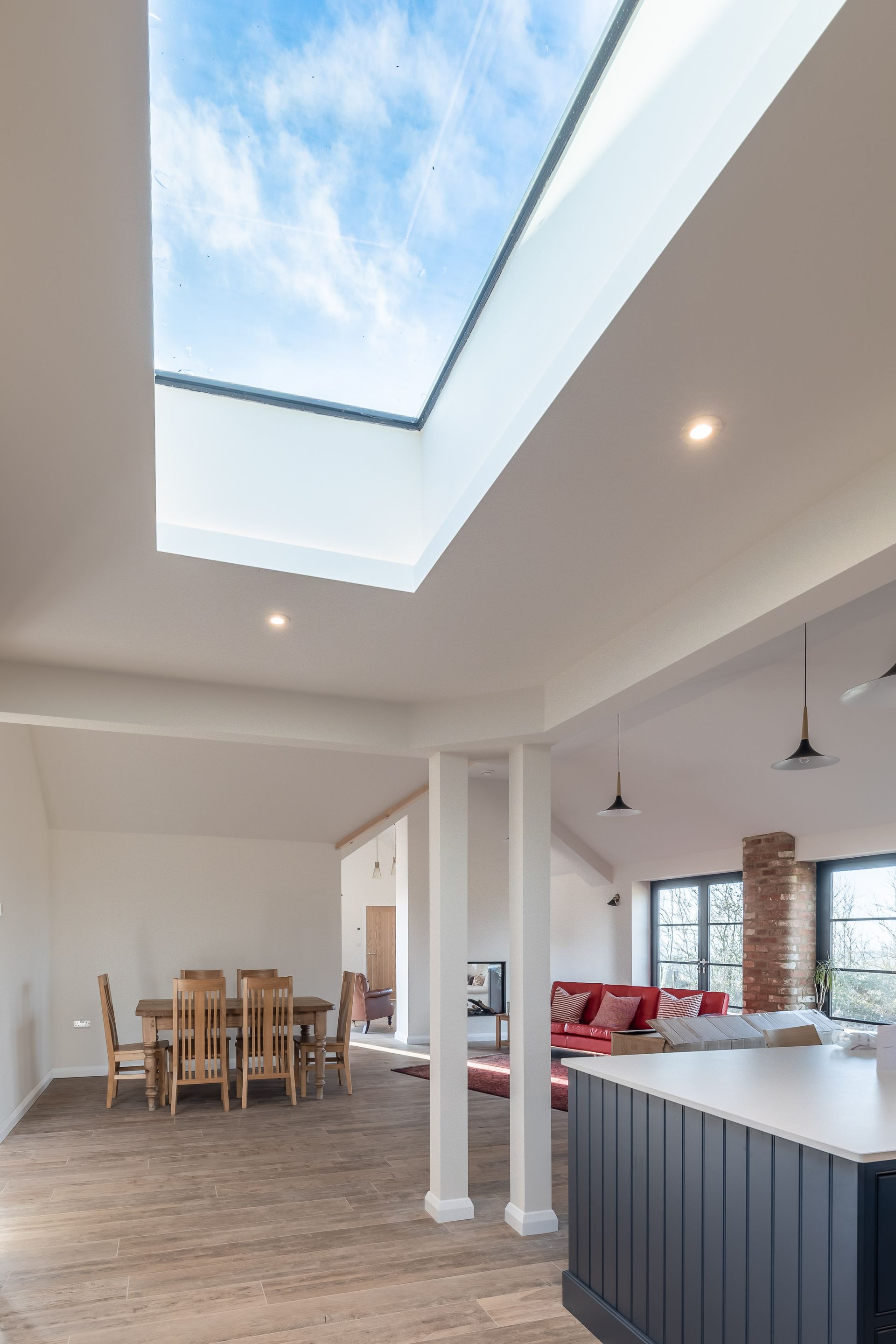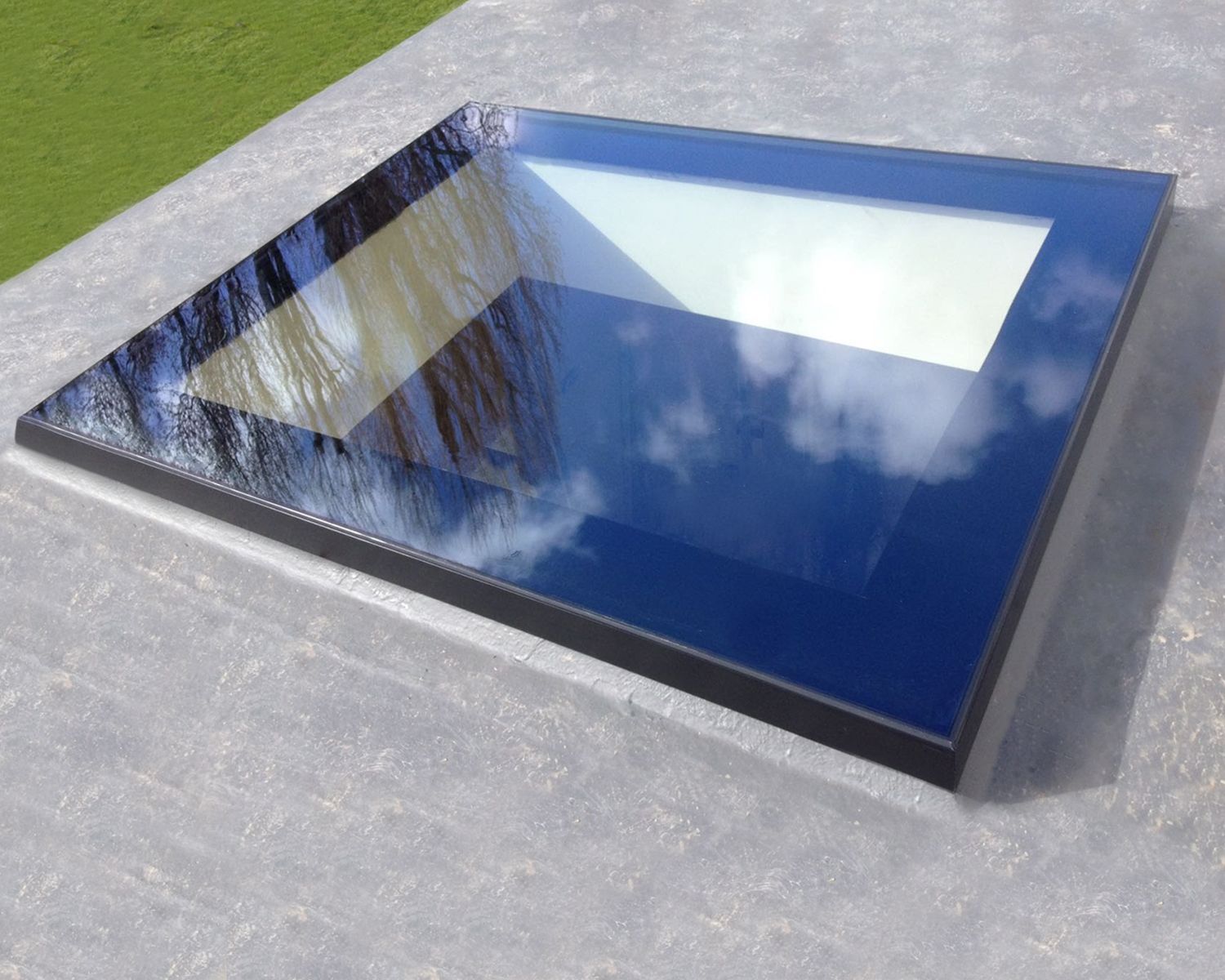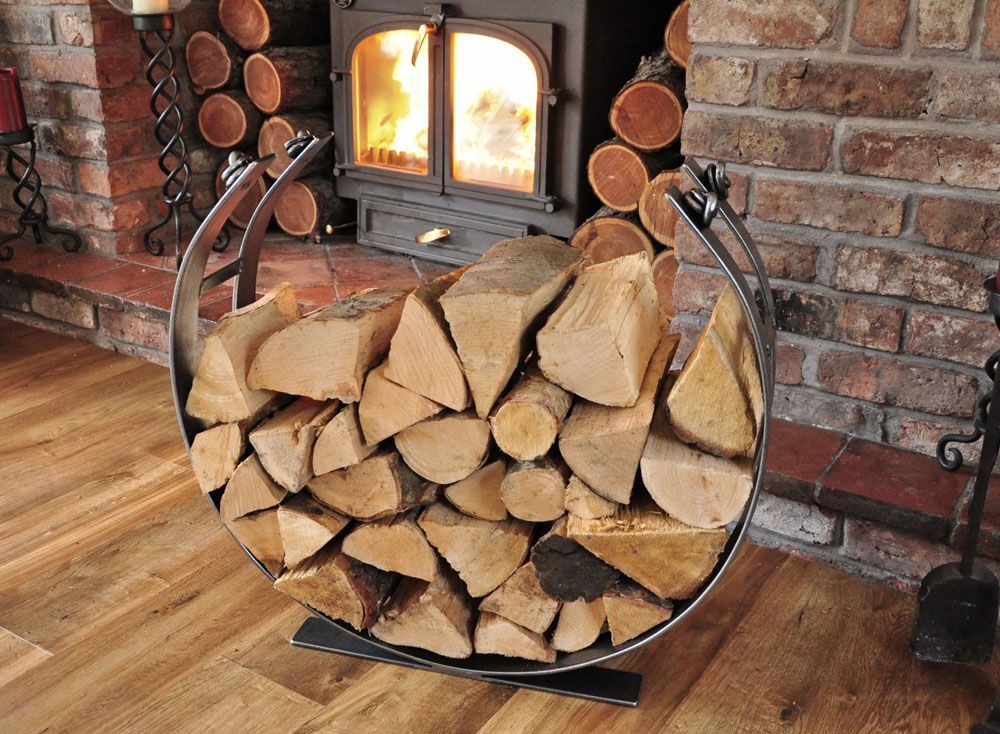The preservation of rainwater systems
Paul Trace, Director of Metal & Glass Ltd explains why the preservation and maintenance of cast iron rainwater systems is so important to the external appearance of a property.
The majority of old buildings have cast iron gutters, cast iron down pipes and cast iron hopper heads, which need careful and regularly maintenance to ensure that the heritage and original character of a building is preserved.
Edwardian and Victorian cast iron hopper heads, or cast iron rainwater heads (as they are commonly known), were used for more than simply collecting rainwater. They were often a way of personalising or identifying a building, and were usually embossed with markings such as a coat of arms, an emblem, initials or a date. Today these cast iron products remain part of the historic fabric of the UKs architecture, and provide a useful way to effectively date a building.
While cast iron rainwater systems are extremely robust, they will require maintenance to ensure they remain in tip top condition and protected from structural deterioration.
It is often possible to replace a failed section rather than the entire cast iron rainwater system. In this instance The Society for the Protection of Ancient Buildings (SPAB) recommends that where cast iron rainwater sections are beyond repair, replacements are made of the same material as the original. This would typically be cast iron or sometimes lead with older buildings.
However well meaning this advice may be, due to the fact that cast iron has been used since the 19th century for gutters, downpipes and rainwater features, it is not always possible to source an exact match. Traditionally, replacement parts for cast iron rainwater systems were sourced from a local foundry, who would be able to match a particular pattern given to a city or county. Unfortunately most local foundries are long gone, making it rather difficult to obtain a particular profile. There are, however, a wide range of traditional cast iron gutter and downpipe profiles, which, while generic in style, are sympathetic to the architectural needs of an historic building.
If a section of your rainwater systems has been damaged over time by the weather, it is possible to take the damaged section to a foundry, who should be able to shot blast the section back to the bare metal. The section can then be repainted (it is worth taking note of the original colour before shot blasting takes place) and restored back to its original state. The same applies to all rainwater systems, including cast iron hopper heads, cast iron guttering, cast iron brackets, and cast iron downpipes.
Cast iron foundries should also be able to replicate original designs of cast iron hoppers and other decorative ironworks to produce matching pairs where required. This is however a highly skilled process, which is achieved by hand carving the decorative pattern onto wood supported by a rigid framework and then pouring resin into the carving. Once the resin is hard it is taken off to produce an exact cast into which the molten iron is then poured to produce an exact replica hopper head.
When it comes to replacing entire rainwater sections, this work should always be carried out by a competent professional and things like site access, potential hazards and fixing locations need to be carefully considered. Before installing any new cast iron rainwater system, rainwater goods should be carefully painted and primed to avoid rusting and prolong the life of the new system.
Once you have replaced or repaired any failed sections it will still require regular inspection and maintenance, as you would any other part of your home. It is recommended that this takes place every six months.
For more information on the repair or replacement of cast iron rainwater goods including a range of heritage hopper heads contact on of the friendly and knowledgeable Metal & Glass team.






